Panasonic Eneloop Pro battery review
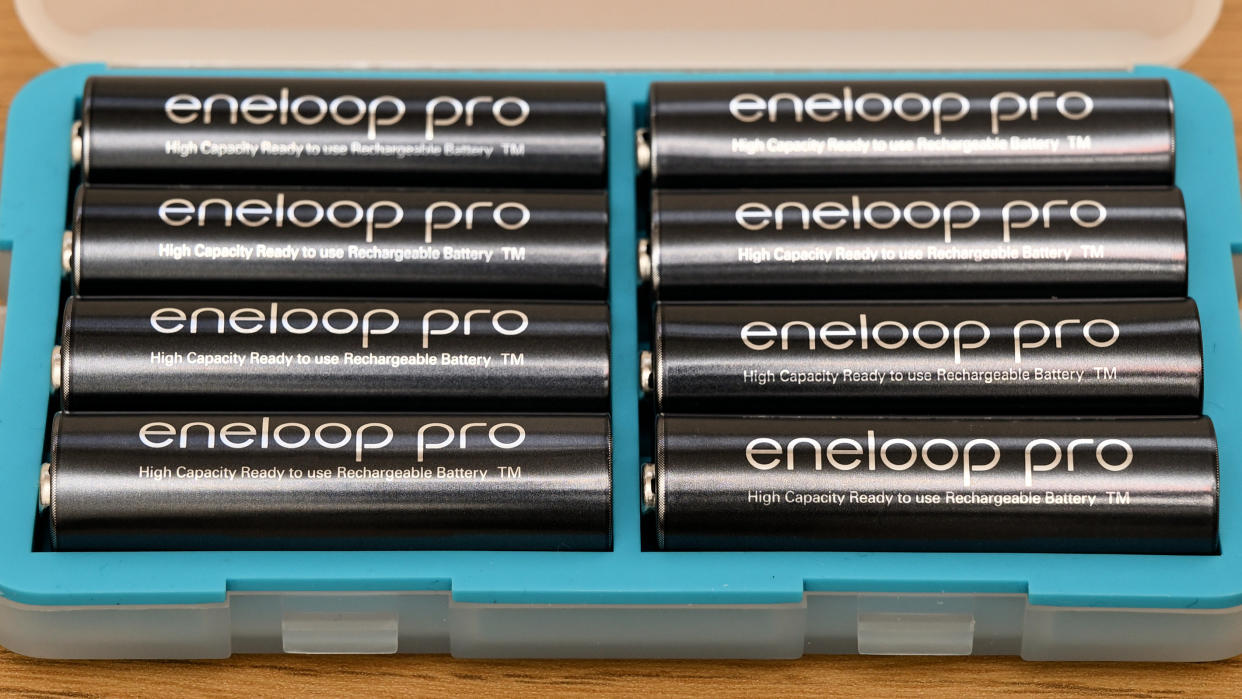
Panasonic Eneloop Pro rechargeable batteries have been around since 2011, building on the standard Eneloop cells that were originally launched by Sanyo back in 2005. Like the original they’re based on reinvented NiMH (Nickel Metal Hydride) technology, designed to have neither a memory effect nor to discharge significantly over time when unused.
That’s a major plus point compared with conventional NiMH rechargeable batteries. Previously, you could find that fully charged batteries could lose most or all of their charge over just a few weeks so, by the time you actually come to use them, they’re pretty much flat. It also enables them to be sold ‘pre-charged’, so they’re ready to use as soon as you open the box, instead of needing to be charged up first.
Specifications
Type: NiMH
Size: AA / AAA
Voltage: 1.2V
Capacity: 2500mAh (AA) 930mAH (AAA)
Charge held: 85% after 1 year
Recharge up to: 500 times
Key features
A key feature of Eneloop Pro batteries is that they have an uncommonly high capacity for low self-discharge cells, rated at 2500mAh (milli-Amp hours) for AA and 930mAh for the smaller AAA version. Compared with standard Eneloop batteries, that equates to 25% more stamina for AA and 16% more for AAA. The extra capacity makes them better suited to high-power gadgets that have a heavy current drain, from flashguns to motorized toys and beyond.
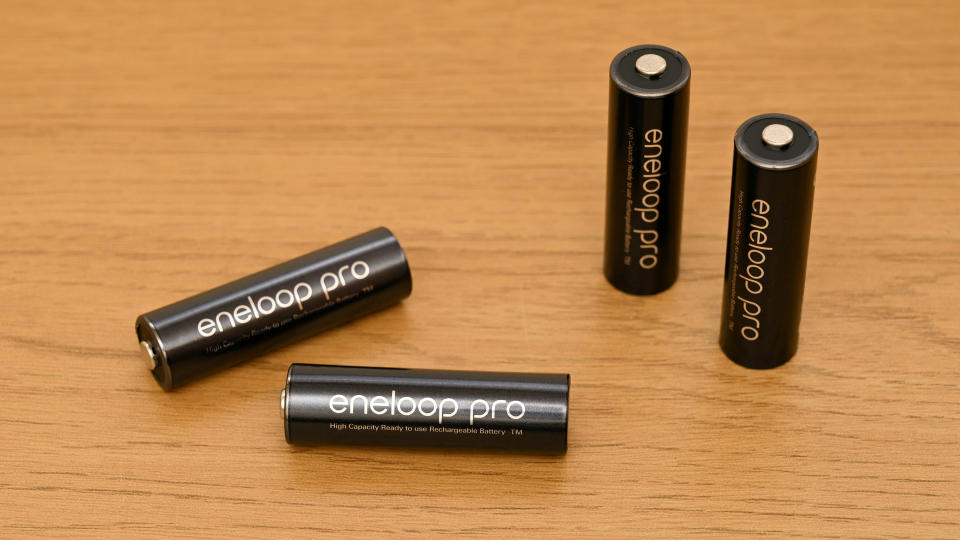
It's worth bearing in mind that alkaline non-rechargeable cells look good on paper, with around 1700-2850mAh for AA and 860-1200mAh for AAA. However, that’s not the whole story when comparing Eneloop and alkaline batteries, which we’ll come to in our ‘performance’ section.
If you’ve used regular NiMH batteries, you might rightly be skeptical that Eneloop Pro batteries hold their charge for more than a few weeks. But they really do. A fully charged battery will still retain 85% of its charge if unused, even after a whole year. The specs for the latest generation of standard Eneloop batteries look even more impressive, holing 70% of their charge even after 10 years.
Naturally a key feature of any rechargeable battery over an alkaline or carbon-zinc battery is that you can recharge it over and over again instead of just throwing it away. Compared with the enormous 2100 times you can recharge a standard Eneloop battery, the Eneloop Pro has a relatively modest number of recharge cycles, rated at a maximum of 500. But are you bothered? In practical terms, that means you could charge them up once a week, every week, and they’d still last for 10 years.
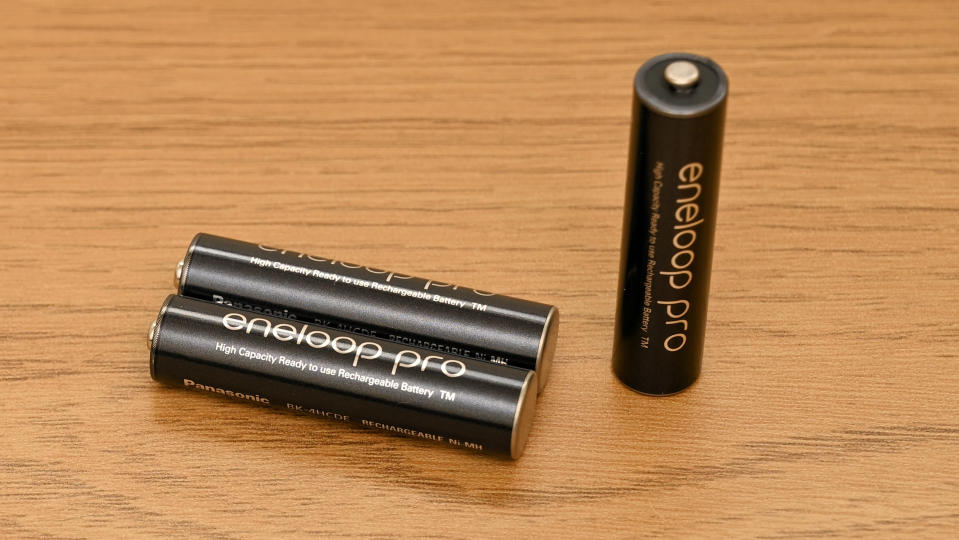
The net result is that Eneloop Pro batteries are massively more cost-effective and eco-friendly than any type of non-rechargeable battery. Going even greener, Panasonic initially charge Eneloop and Eneloop Pro batteries to full capacity at the time of manufacture, using solar power. On top of that, the latest editions are sold in carboard cartons rather than plastic blister-packs.
Performance
We simply love the performance and reliability of Eneloop Pro batteries. As we mentioned, the outright capacity doesn’t look overly special compared with alkaline cells, but there’s more to it than meets the eye. The voltage of alkaline batteries is nominally 1.5V but it starts dropping off at a steady rate as you soon as you start using them. The opposite is true of Eneloop Pro batteries, which start at 1.2V but retain almost their full voltage constantly, until they finally run out of charge. Ultimately, you get more power for longer.
Let’s take running a flashgun on alkaline vs Eneloop Pro AA batteries as an example. In our tests, we found that we could get around 170 full-power flashes from a set of alkaline batteries, with a steady slowdown in recycle speed. Running the same flashgun on Eneloop Pro batteries, we powered though more than 300 full-power flashes, with no slowdown in recycle speed.
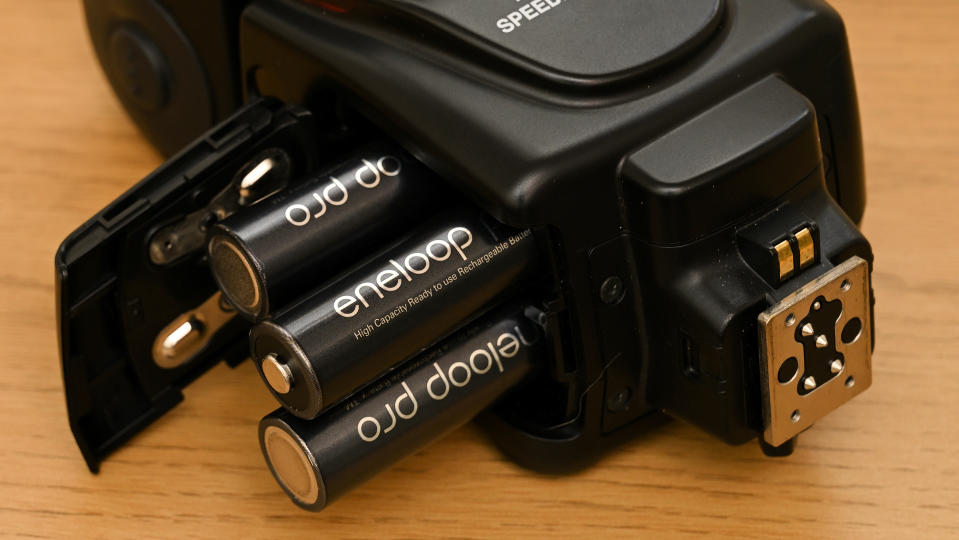
Recycle speed itself after a high-power or full-power flash also tends to be much faster using Eneloop Pro and other NiMH batteries, compared with alkaline and non-rechargeable lithium batteries. Using a Canon Speedlite 430EX III-RT and Nikon Speedlight SB-700 on alkaline batteries, we generally get recycle speeds after a full-power flash of around 4 to 5 seconds – a little quicker when the batteries are brand new. With Eneloop Pro batteries, recycle speeds tend to be just over 2 seconds for the entire discharge cycle. That’s at least twice as fast and can mean the difference between getting a vital shot and missing it completely.
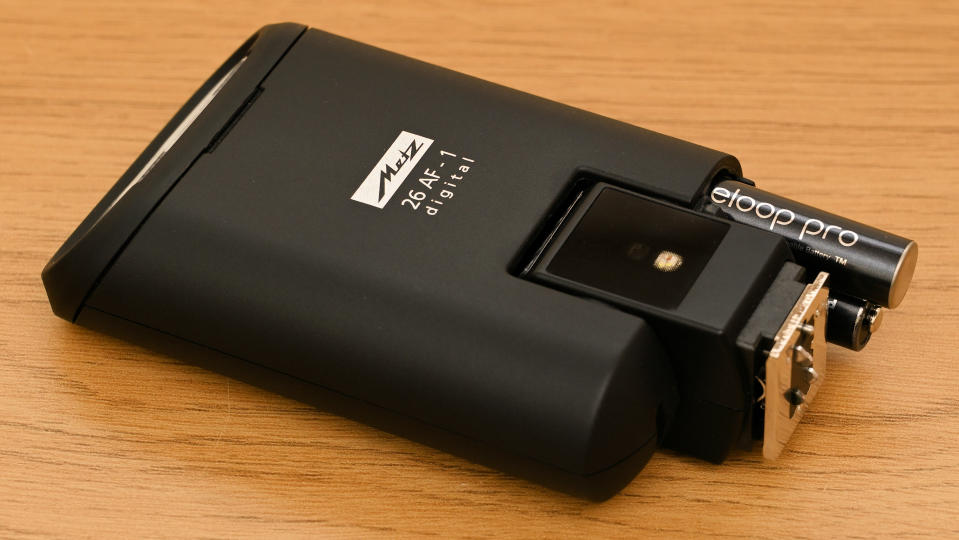
For another test, we tried powering a high-intensity LED flashlight from a single AAA cell. Although very small, the Olight i3E EOS flashlight in question gives a powerful 90 Lumens of light, with a reach of 44m, or 144 feet. Using a brand new alkaline battery, it lasted for 45 minutes, after which the battery was only fit for the bin. With an Eneloop Pro, it kept going for 70 minutes. That’s more than 50% more running time, after which you can simply recharge the battery and use it again (and again).
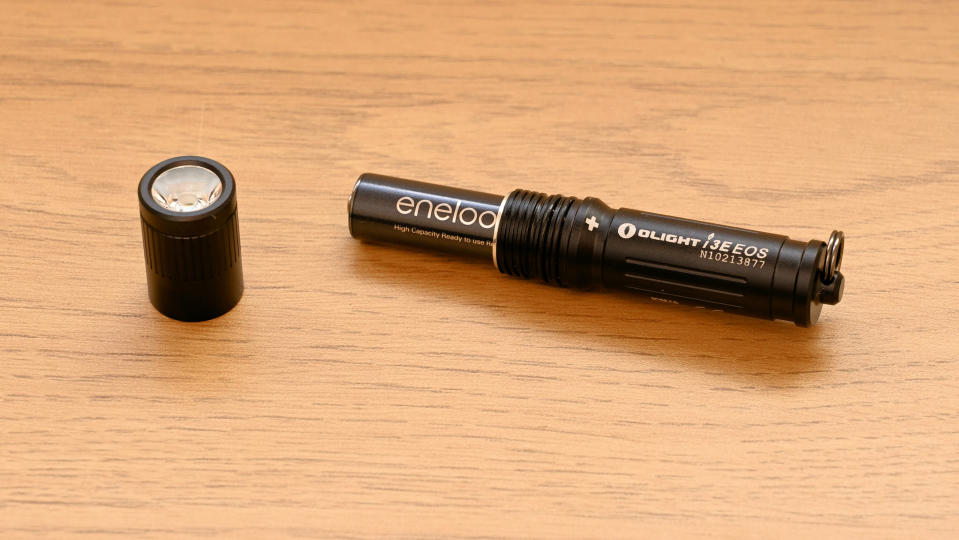
Another win in terms of performance is that Eneloop Pro batteries keep on working in the harshest of conditions, so the weather needn’t stop play. Indeed, they’re rated as fully functional in temperatures from -20 to + 50 degrees Celsius.
Verdict
Anything with the word ‘Pro’ tagged onto the product name has to be better, right? The Eneloop Pro AA and AAA NiMh rechargeable batteries certainly look a better bet than their standard Eneloop siblings for powering gadgets with a heavy current drain, thanks to their greater capacity. That’s certainly good to have but it comes at the cost of longevity, as you can’t recharge them as often over their lifetime. Even so, 500 recharging cycles should see you through and they’re hardly any more expensive to buy than the standard version, if you shop around a bit.
Read more:
Best AA rechargeable batteries
Best power strips
Best travel adapters
Best camera batteries

